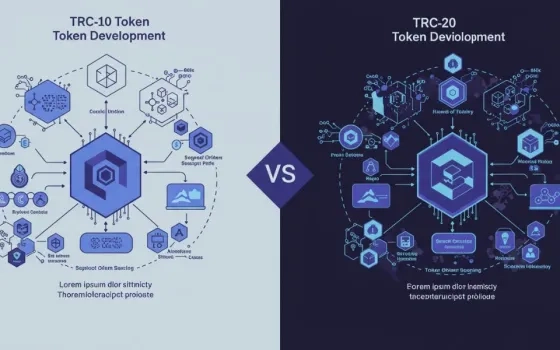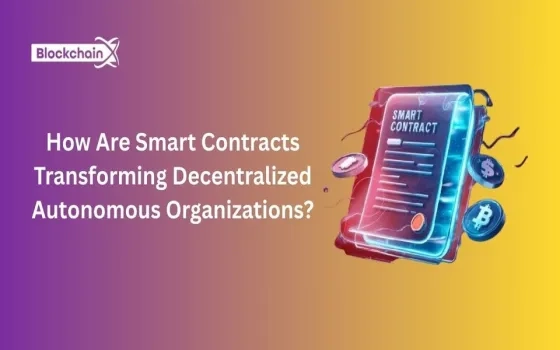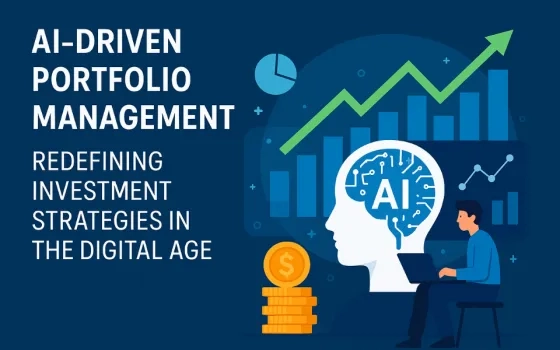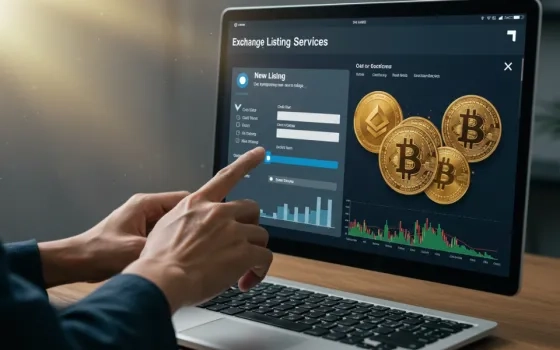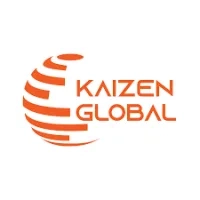The digital asset ecosystem is experiencing unprecedented growth, and TRON has emerged as a popular platform for creating decentralized applications and digital assets. One of the most critical decisions developers and entrepreneurs face when launching a token on TRON is choosing the appropriate token standard, TRC10 or TRC20. Both standards offer distinct advantages, but they cater to different needs depending on your project’s technical requirements, budget constraints, and long-term scalability goals. Understanding the nuances of each standard is essential for optimizing performance, ensuring compatibility, and meeting user expectations. In this article, we will break down the technical and functional differences between TRC10 and TRC20, provide guidance on their use cases, and help you make an informed decision for your Tron token development project.
Understanding TRC10 and TRC20: An Overview
Before diving into specifics, it’s important to understand what TRC10 and TRC20 actually are and how they serve different roles within the TRON ecosystem. Both are token standards used on the TRON blockchain, but they are built with distinct technologies and design principles. TRC10 is a simpler, resource-efficient standard that does not require smart contracts, while TRC20 is a more powerful and programmable token type designed for complex applications. Understanding the fundamental architecture of each standard sets the foundation for making the right choice for your project.
- TRC10 is TRON's original native token standard, operating directly on the blockchain without relying on smart contracts. It’s known for its simplicity and low transaction costs, making it ideal for basic token creation and distribution.
- TRC20: TRC20 is a more advanced token standard built using smart contracts on the TRON Virtual Machine (TVM). It supports complex operations, making it suitable for decentralized applications (dApps), automated transactions, and smart contract interactions.
- Blockchain Integration: TRC10 tokens are integrated at the blockchain level and don’t require programming, whereas TRC20 tokens are programmable and offer greater flexibility.
- Use Case Distinction: TRC10 is often used for ICOs and straightforward tokens, while TRC20 is preferred for dApps, DeFi, and projects requiring smart contract execution.
Key Differences Between TRC10 and TRC20
While both TRC10 and TRC20 tokens are native to the TRON blockchain, they vary widely in how they are built, deployed, and used. The key differences between them can impact performance, development costs, user experience, and future scalability. Understanding these distinctions is essential before beginning your token creation process. Whether your aim is to launch a basic asset or a complex financial instrument, knowing how these two standards differ will help ensure that you align your token design with your project’s goals.
- Smart Contract Support:
TRC10 coins do not support smart contracts, limiting their programmability. TRC20 tokens, by contrast, rely on smart contracts, enabling them to interact with dApps and other on-chain protocols.
- Transaction Fees and Bandwidth:
TRC10 coins do not support smart contracts, limiting their programmability. TRC20 tokens consume both bandwidth and energy, making them more expensive but with broader capabilities.
- Token Customization:
TRC20 tokens can be programmed with customized logic such as auto-burn, staking, or pausing transfers.TRC10 tokens are static and provide no such flexibility.
- Interoperability:
TRC20 tokens have greater compatibility with TRON-based DeFi platforms, wallets, and DEXs, making them more versatile in dynamic blockchain environments.
Development Complexity and Technical Requirements
The ease or difficulty of building a token can be a major consideration, especially for startups or solo developers. TRC10 is often chosen for its simplicity, while TRC20 demands a deeper understanding of smart contract programming and decentralized logic. Evaluating your team’s development skills and resources will help you determine which token standard is more practical and sustainable over the long term. This section explores the technical effort required to create and maintain each type of token.
- Ease of Deployment:
TRC10 tokens can be generated with little technical skills, utilising TRON's command-line interface or existing wallets. Its straightforward design makes it a practical choice for startups and entrepreneurs with limited technical expertise.
- Smart Contract Integration:
TRC20 tokens require developers to write and deploy smart contracts using Solidity or similar programming languages supported by the TRON Virtual Machine. This allows for advanced features like custom logic, token governance, and DeFi integrations.
- Upgradability and Flexibility:
With TRC20, developers can create upgradeable smart contracts, allowing token functionality to evolve over time. TRC10 lacks this adaptability due to its static nature.
- Testing and Deployment:
Developing TRC20 tokens often involves rigorous testing environments and deployment procedures, whereas TRC10 tokens can be deployed much more quickly without a testnet phase.
Security and Development Considerations
Security is a top priority in any blockchain project, and choosing a token standard has direct implications on how secure and stable your application will be. TRC20 offers rich capabilities, but with that power comes additional risk due to its reliance on smart contracts. TRC10, while simpler, lacks some of the features required for secure, complex operations. This section breaks down the security and maintenance implications of both token types so you can manage risk effectively during your Tron token development journey.
- Smart Contract Risks:
TRC20 tokens, being based on smart contracts, are susceptible to bugs, exploits, or flawed logic. This demands comprehensive code audits and vulnerability testing before deployment.
- Centralization and Control:
TRC10 tokens are simpler and have fewer attack vectors, but they also offer less decentralization if not managed transparently. Control often lies with the issuer, which may raise concerns in some communities.
- Security Audits:
TRC20 development typically includes third-party audits to ensure security compliance. These audits add to project costs but significantly reduce the risk of financial loss due to exploits.
- Code Maintenance:
TRC20 requires ongoing contract maintenance and sometimes bug fixes, which demand continuous monitoring and a dedicated development team. TRC10, being non-programmable, avoids these issues but sacrifices flexibility.
Cost Considerations: Budgeting Your TRON Token Project
Budget plays a significant role in deciding between TRC10 and TRC20. While both are relatively cost-effective compared to other blockchains, they have different financial implications during creation, operation, and long-term maintenance. If you're building on a lean budget or bootstrapping, the upfront and operational costs should be evaluated carefully. This section outlines the core financial differences between the two standards and how they affect the overall cost of Tron token development.
- Creation and Transaction Fees:
TRC10 tokens benefit from ultra-low creation and transaction costs. Transferring TRC10 tokens consumes less bandwidth, making it cost-effective for projects with high transaction volumes.
- Bandwidth and Energy Usage:
TRC20 tokens require both bandwidth and energy for smart contract execution, leading to higher operational costs. While these costs are manageable, they may be a burden for smaller projects.
- Token Listing and Exchange Integration:
Some exchanges and wallets charge extra or have preferences based on token standards. TRC20 tokens, due to their smart contract support, may have better compatibility with decentralized exchanges (DEXs).
- Maintenance and Development Costs:
Maintaining a TRC20 token involves ongoing smart contract updates and audits, whereas TRC10 requires less maintenance, reducing long-term development expenses.
Functionality and Use Case Alignment
Every token project has a unique purpose, whether it’s utility, governance, fundraising, or integration into a dApp ecosystem. The functionality offered by each token standard will impact how effectively it can serve your project goals. This section explores which token fits which use case, helping you identify the best path forward based on your intended application.
- Basic Token Distribution:
TRC10 is ideal for simple token distribution, loyalty programs, or basic fundraising initiatives. Its lightweight architecture supports high-speed transactions with minimal cost.
- Advanced Utility in dApps:
TRC20 tokens enable complex interactions within decentralized applications. They support smart contract automation, programmable logic, and integration with DeFi platforms.
- Custom Token Features:
With TRC20, developers can program features like staking, burning, minting, and multi-signature validation. These features offer more control over token economics and user engagement.
- Interoperability:
TRC20 tokens are more interoperable within the TRON ecosystem, especially with smart contract-based services. This makes them suitable for enterprise-grade tron token development projects.
Ecosystem Compatibility and Wallet Support
How well your token interacts with wallets, dApps, and exchanges will influence your project's adoption and usability. Compatibility affects accessibility, liquidity, and user experience, making it a key consideration. Whether you prioritize integration with DeFi tools, NFT platforms, or mobile wallets, understanding ecosystem compatibility will help future-proof your token’s success.
- Wallet Accessibility:
Both TRC10 and TRC20 tokens are supported by most TRON wallets, but TRC20 tokens tend to have better compatibility with smart contract-enabled wallets.
- Integration with dApps:
TRC20 tokens are the standard for use within decentralized applications and DeFi platforms, thanks to their programmability and smart contract compatibility.
- Token Visibility and Tracking:
TRC10 tokens can be harder to track on certain third-party platforms compared to TRC20, which is often prioritized due to its widespread adoption.
- Exchange and Marketplace Listing:
Most DEXs and NFT marketplaces operating on TRON favor TRC20 tokens, giving them greater exposure and trade volume potential.
Scalability and Long-Term Sustainability
Launching a token is one thing, ensuring it can grow with your project is another. Scalability, adaptability, and long-term relevance are critical factors in sustaining user engagement and expanding utility. Your choice of token standard can either empower growth or create technical and financial bottlenecks. This section discusses how TRC10 and TRC20 tokens align with long-term project visions and evolving use cases.
- Network Load Management:
TRC10 tokens are lightweight and better suited for high-frequency use cases where scalability and low costs are essential, such as gaming or micro-transactions.
- DeFi and Smart Contract Growth:
If your project intends to evolve into a DeFi platform or add governance features, TRC20 provides the flexibility needed for expansion.
- Future Upgrades and Audits:
TRC20 smart contracts can be upgraded or audited for compliance and security, which is important for sustaining growth and user trust.
- Market Demand and Trends:
As the TRON ecosystem matures, there is a growing preference for TRC20 due to its robust feature set and compatibility with newer blockchain solutions, reinforcing its importance in tron token development strategies.
Making the Right Choice for Your Project
Selecting the best token standard is not just a technical decision; it’s a strategic move that affects user adoption, development timelines, cost management, and future scalability. Whether you're launching a small-scale community coin or a sophisticated DeFi token, you need to weigh all factors carefully. This section will help distill your decision-making process and align your token strategy with your long-term goals.
- Project Scope:
For simple utility tokens, promotional campaigns, or basic fundraising, TRC10 is a suitable and economical choice. For more complex applications and enterprise-level development, TRC20 is a better fit.
- Community and User Needs:
If your users demand high functionality, staking rewards, or in-app token interactions, TRC20 is essential. TRC10 works better where functionality is secondary to accessibility.
- Development Roadmap:
Consider where your project is heading. If future dApp integration, governance models, or interoperability is part of the roadmap, choose TRC20 to build on a strong foundation.
- Resource Availability:
Evaluate your technical team and budget. A smaller team or tighter budget may be better suited to TRC10, while a fully resourced development team can maximize the potential of TRC20 in tron token development.
Conclusion
Choosing between TRC10 and TRC20 is more than a technical decision; it’s a strategic one that influences your project’s user experience, scalability, and financial sustainability. TRC10 serves well for simple, low-cost implementations, while TRC20 opens doors to more advanced applications and interactions within the broader TRON ecosystem. By aligning your token standard with your project’s goals, resources, and future roadmap, you position your platform for optimal performance and growth. Whether you’re building a decentralized application, launching a new digital asset, or exploring opportunities in DeFi, selecting the right token standard is a foundational step in successful tron token development.



